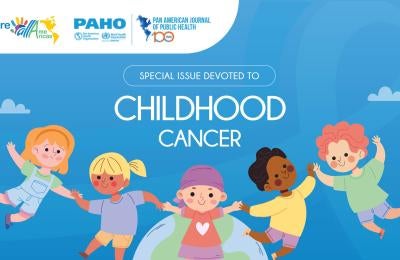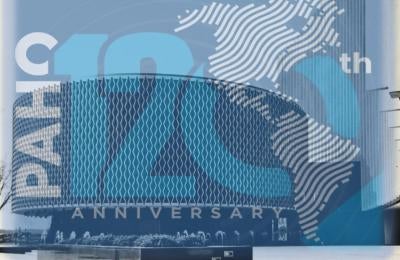Benefits of the cigarette tax in Mexico, by sex and income quintile
Objective
Estimate economic and health benefits, by sex and income quintile, of tax-based cigarette price increases in Mexico.
Methods
An extended cost-effectiveness analysis (ECEA) model was used to estimate distributional benefits for women and men in the scenario of a 44% increase in the price of cigarettes (from 56.4 Mexican pesos [MX$] to MX$81.2 per pack), as a result of tripling the current specific excise tax (from MX$0.49/cigarette to MX$1.49/cigarette). The model was calibrated with official national information sources.
















